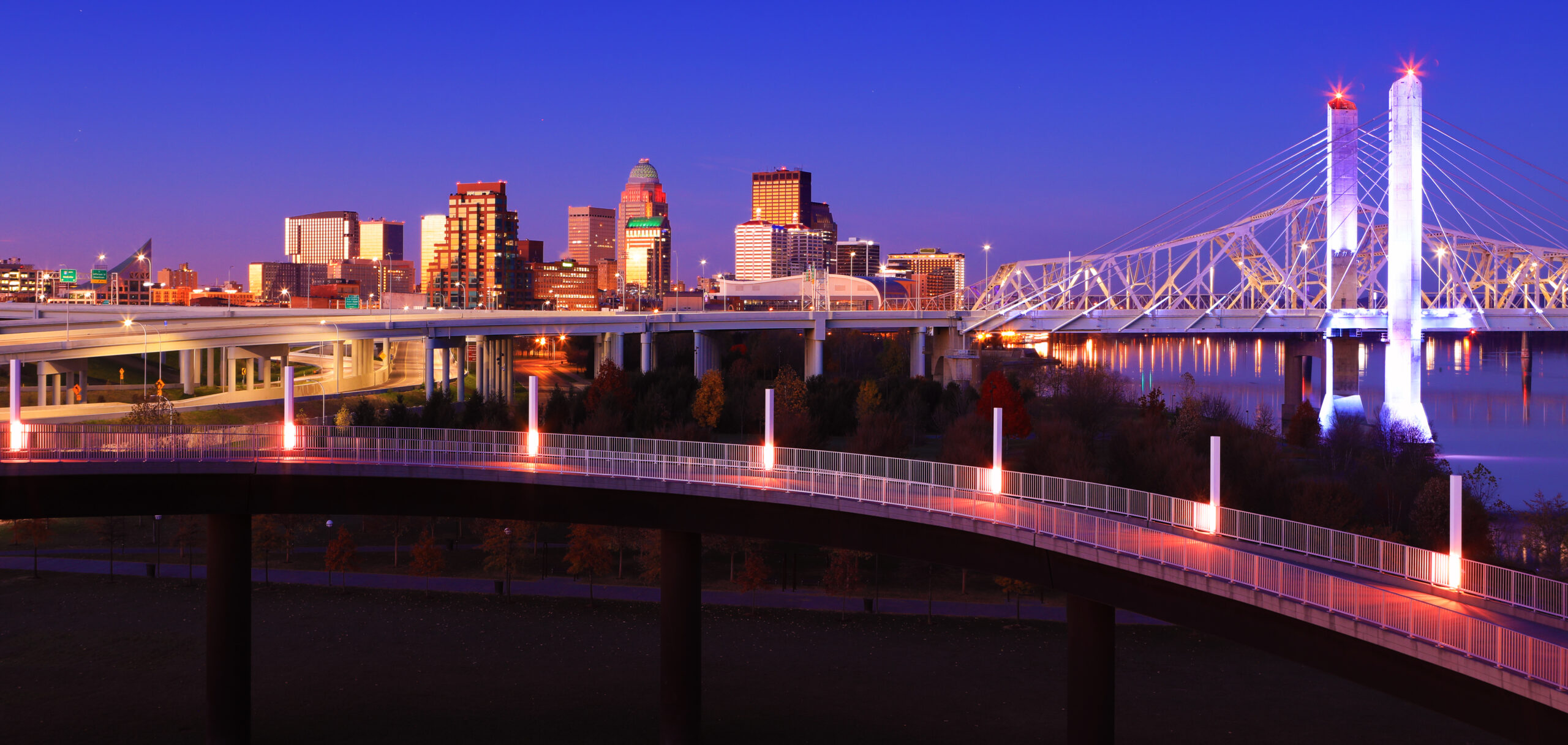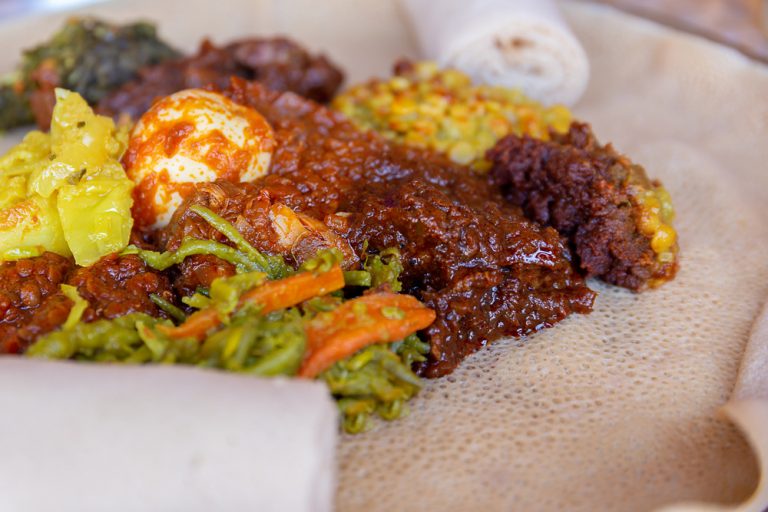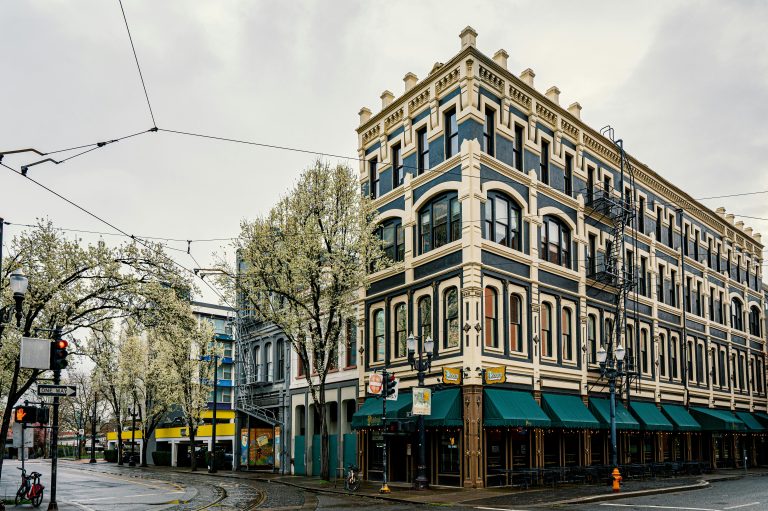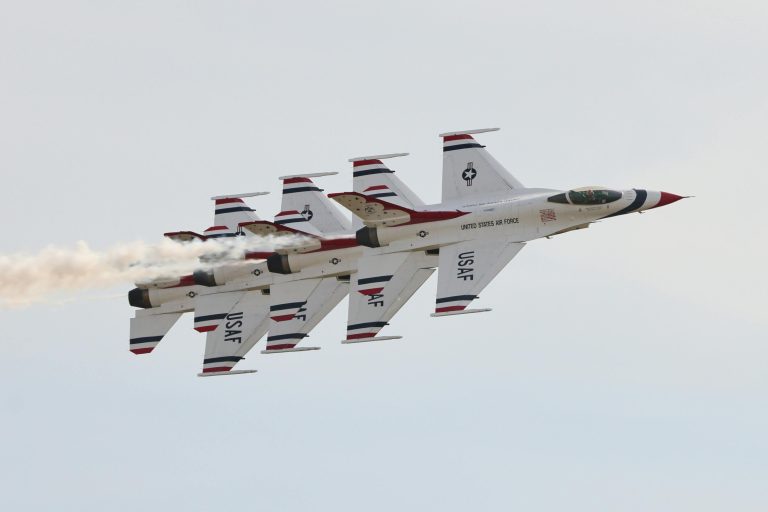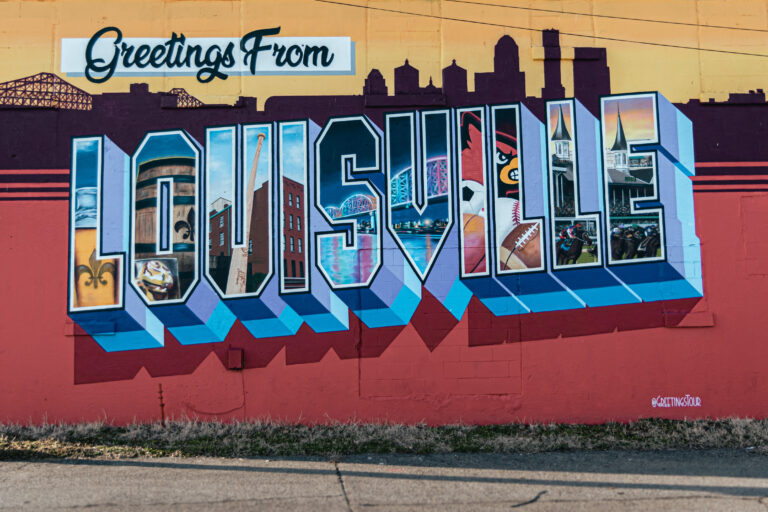The History of Louisville and Things To Do 2023
Been wondering about the history of Louisville lately? The area around Louisville has been populated for far longer than many realize.
As people moved over the ice bridge at the Bering Strait, they began to move across the broad, new land they’d discovered. Even during the Ice Age, there were small villages in and around the area.
There are burial mounds throughout the state, and arrowheads can be found just about anywhere. In that area, the Ancient Fort people lived. As they became more sophisticated, other cultures developed from theirs.
The Arrival of Europeans
When Europeans started moving into the area, they were mistakenly taught that the area was “dark and bloody ground,” meaning that this was where the Native Americans came to fight their wars. This isn’t true; there were settlements in and around the area.
The first settlement in what is now Louisville, Kentucky, was started by Colonel George Rogers Clark. It was a temporary settlement, called Corn Island. However, the settlers moved over to where Louisville was built. That is also when it got its name.
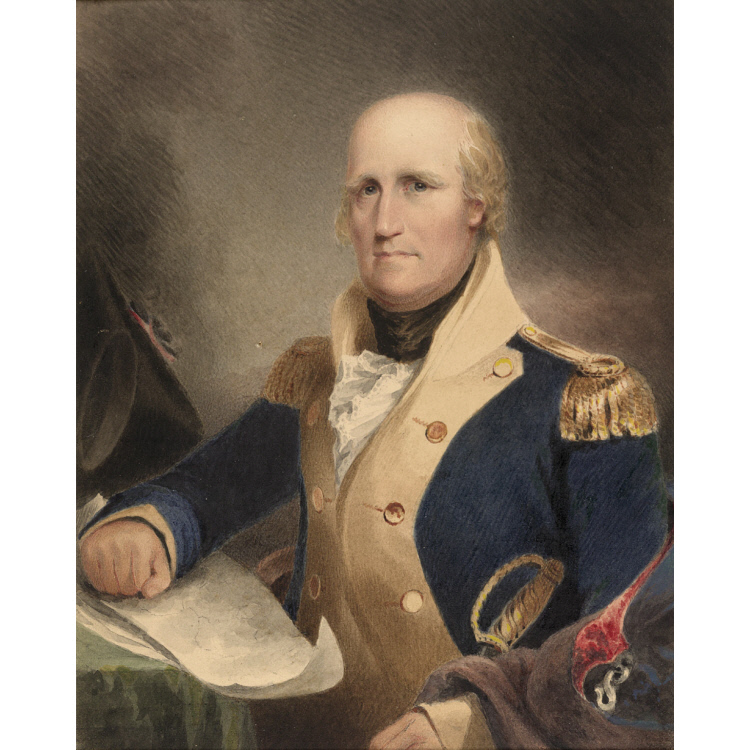
The going was tough for these hearty settlers. While the land was rich, the Native Americans were not thrilled at having new neighbors. Due to continued attacks, the settlers lived in forts for protection. The Revolutionary War didn’t help matters a lot; there was even one battle fought in the state.
One of the forts for Louisville was named Fort-on-Shore, and it was built at the north end of Twelfth St. It was called Louisville in honor of the help of King Louis XVI who sent soldiers to help the United States win the war. Another fort, Fort Nelson, was built to the north of Main Street.
In 1780, Louisville began to get a lot bigger. Three hundred families moved to the area, the city established its first fire department, and the first street plan was developed. Louisville was becoming a town rather than a series of forts.
History of Lousiville During Reconstruction Period
Kentucky was involved in the Civil War, although Louisville was never attacked. That wasn’t because the Confederates didn’t see it as a prime target; the city was the center for many aspects of the Union military. Braxton Bragg, the Confederate general, wanted to take the city, but his backup didn’t provide enough troops.
During the Reconstruction period of U.S. history, Louisville grew even more. Merriweather Clark, the grandson of the man who went on the exploration trip with Lewis, started the Kentucky Derby, the first of the Triple Crown for the horse racing set.
At the time, it was called the Louisville Jockey Club track, now known as Churchill Downs. The winning horse was named Aristides, and there were ten thousand spectators to view it. That area is still known as horse country.
History of Louisville Slugger
The Louisville Slugger bat did originate in Louisville, Ky. It was made by John “Bud” Hillerich in his father’s wood shop. The first bat was made out of white ash, however, it became so popular that Hillerich started a company to produce them.
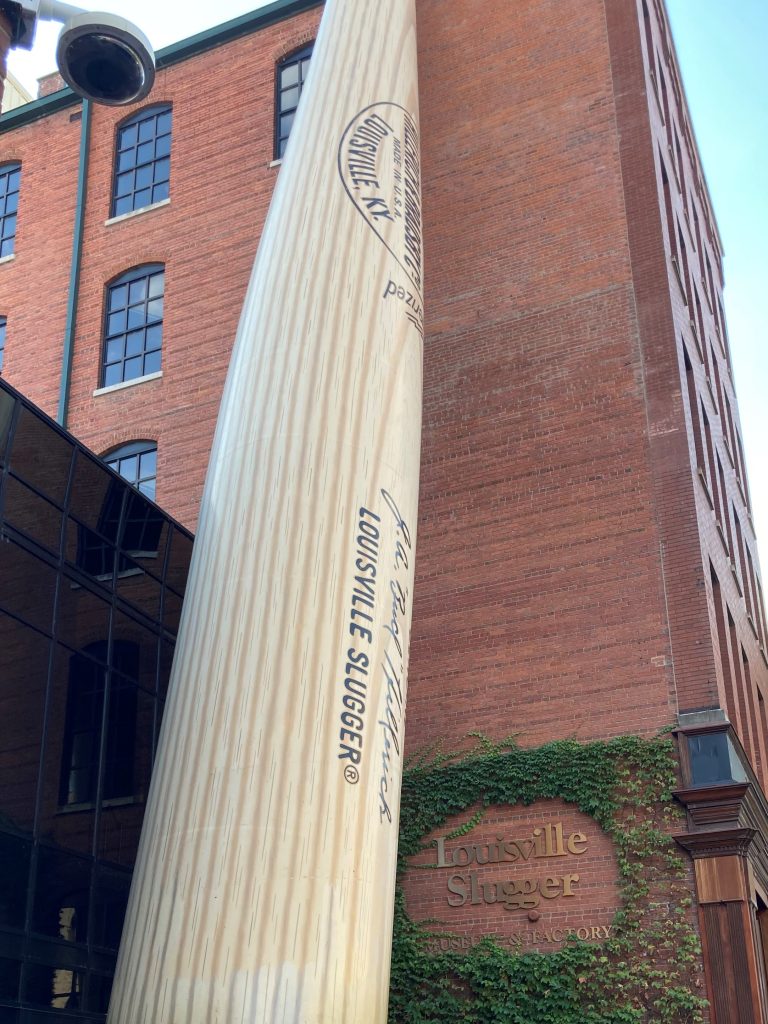
The area in and around Louisville is part of Tornado Alley. In 1890, an F4 destroyed a good bit of the Parkland all the way to Crescent Hill. Seventy four to one hundred twenty people were killed. Most of those who died were in the Falls City Hall when it collapsed.
During World War I, the largest American training base was just outside of Louisville. It was called Camp Zachary Taylor and housed over forty three thousand enlisted men and officers. That would have made the city a boom town except for the Spanish Flu.
This global pandemic caused quite a few problems, both for the city, camp and the entire globe. In Louisville, schools and churches were closed. Most places people would go for entertainment were also closed or they had very restricted hours.
People were told to wear masks and those with the flu were ordered to stay at home, and the general population was advised to stay home. Sounds kind of familiar, doesn’t it? This lasted for well over a year, even after the war was over.
During World War II, the area was mostly devoted to manufacturing items for the war effort. Women worked to make parts for bombs, pumped gas at gas stations and worked together to can foods so that what was grown commercially could go for the war effort.
Kentucky Derby in 1970s
During the middle part of the twentieth century, the Louisville area went into a bit of a decline. At the end of Prohibition, quite a few distilleries opened up just out of town. The city, seeing a large tax base, wanted to annex the area… and lost.
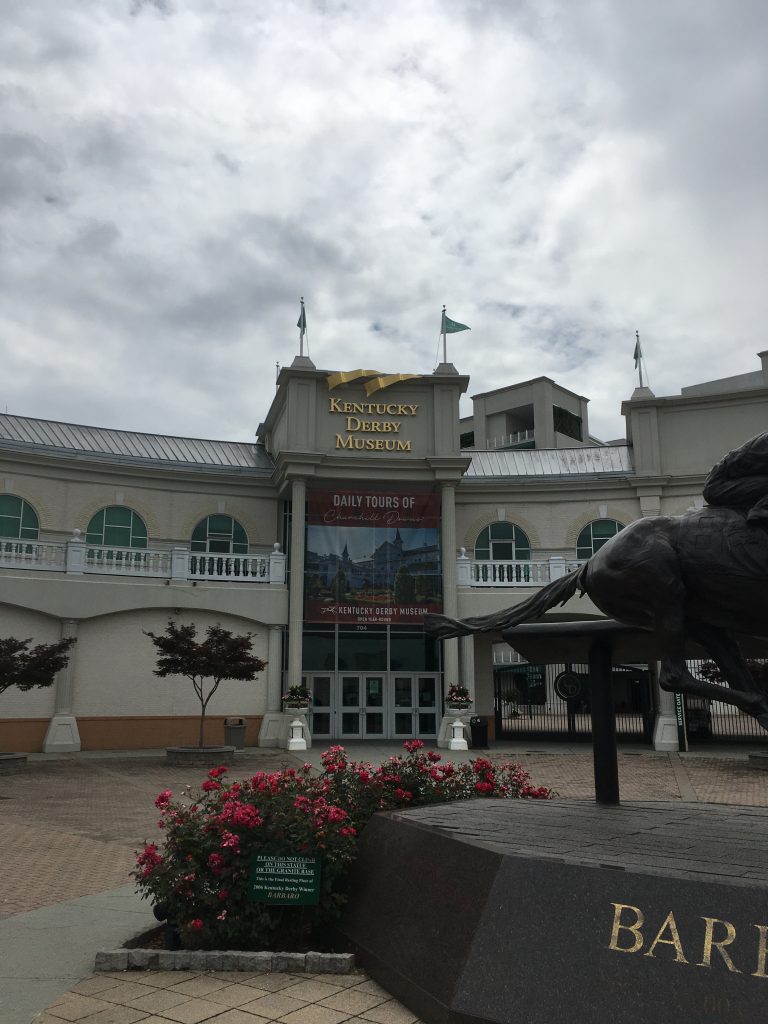
One of the highlights of the 1970s was the Kentucky Derby. Secretariat ran the fastest time to that point in 1973. He went on to win the Triple Crown, a feat that has only been rarely seen. Horses continued to be a large part of the surrounding parts of Louisville.
In 1974, Louisville again had a visit from an F4 tornado. While it did a lot of damage, Louisville’s venture into the Super Outbreak only cost two lives. Those in other areas and states weren’t as fortunate.
Revitalization of Louisville
Starting in the 1980s, Louisville began to see a great deal of revitalization. Cultural buildings, parks, and other amenities began to develop. In fact, one of the Reagan/Mondale debates was held in the Kentucky Center for the Arts in the city.
Today there are a great many things to do in Louisville. Some, like the Belle of Louisville, are quite old, but there are many newer venues. For those who enjoy a bit of sipping whiskey, there are tours of the various distilleries.
Things to Do In Louisville
For history buffs, there are tons of museums. Baseball fans may want to visit the Louisville Slugger Museum while the more scholarly might like a venue such as the Conrad-Caldwell Museum. Horse lovers can go on tours of some of the horse farms in the area.
Louisville also has much to offer families. There is a zoo, and a theme park, and some of the rides and tours would be fun for kids of all ages.
For adults, you can always do bourbon tours or visit many wineries in around Louisville.
